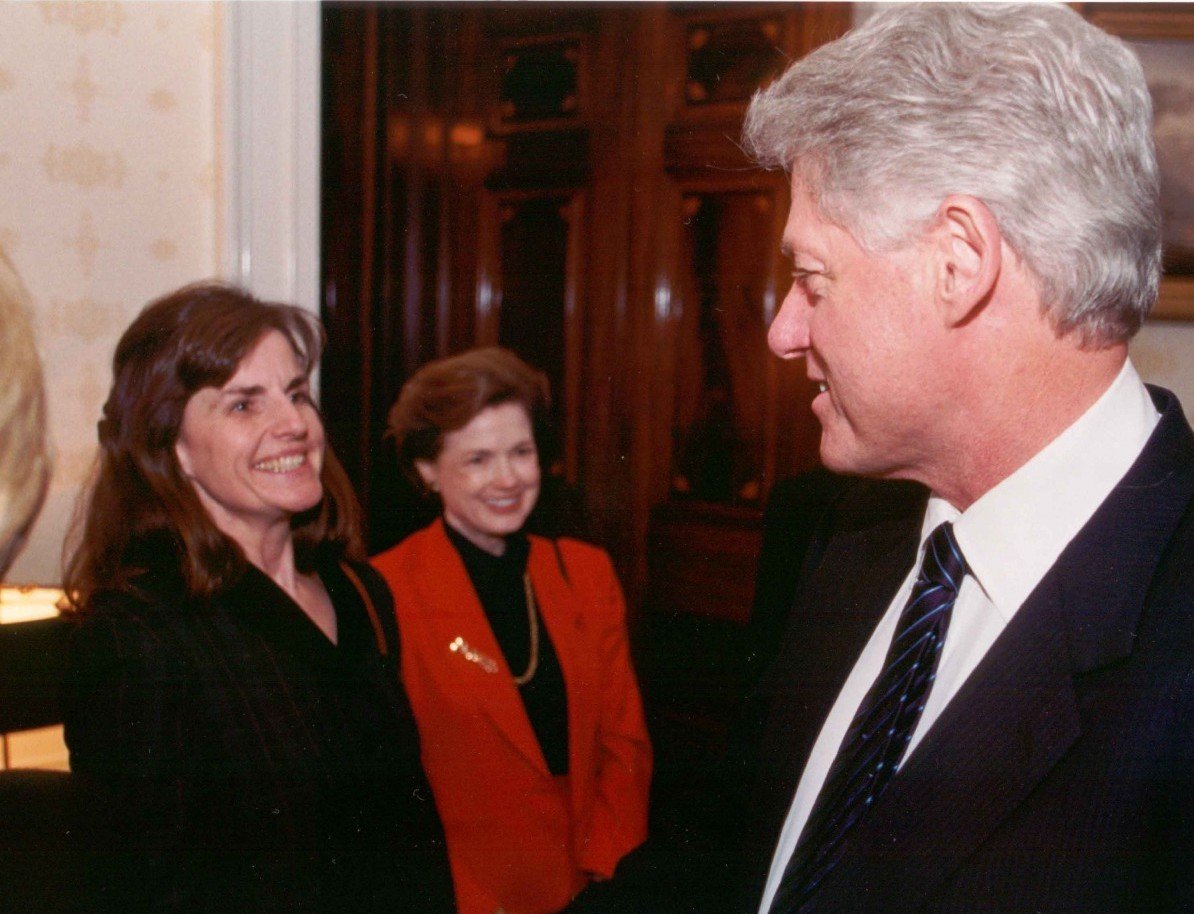The National Institutes of Health has just announced new awards of $35 million over five years to support three Centers for Collaborative Research in Fragile X. Investigators at these centers will seek to better understand Fragile X-associated disorders and work toward developing effective treatments.
All of these scientists have been funded for years by FRAXA Research Foundation, and now each team will receive over $2 million per year for five years!

Kimberly M. Huber, Ph.D., University of Texas Southwestern Medical Center, Dallas
(Grant number 1U54 HD082008-01)
Many people with Fragile X syndrome are sensitive to sensory stimuli, especially noise. Dr. Huber’s team, along with Khaleel Razak, Ph.D., Iryna Ethell, Ph.D., and Devin Binder, Ph.D. of University of CA at Riverside, will study brain circuits in mouse models and people to try to determine the causes of heightened sensitivity to sound. This information may lead to more targeted therapies.
Dr. Huber started her Fragile X studies as a 1999 FRAXA Postdoctoral Fellow at Brown University, in the lab of Dr. Mark Bear, and now has her own lab at UT Southwestern. Dr. Iryna Ethell and Dr. Razak started their Fragile X research programs with FRAXA funding.

Joel D. Richter, Ph.D., University of Massachusetts Medical School, Worcester
(Grant number 1U54 HD082013-01)
In collaboration with Gary Bassell, Ph.D. (Emory University, Atlanta) and Eric Klann, Ph.D. (New York University), Dr. Richter’s research group will study three molecules that appear to play important underlying roles in Fragile X syndrome. The team will examine these molecules as possible targets for future drug development.
FRAXA has funded many postdoctoral fellowships and investigator-initiated grants for Dr. Richter from 2007-2011 Dr. Richter, Dr. Bassell and Dr. Klann.

Stephen T. Warren, Ph.D., Emory University
(Grant number 1U54 NS091859-01)
Not all individuals who have FMR1 gene mutations experience the same symptoms, and researchers are still trying to find out why. Dr. Warren’s team will sequence the genomes of patients with FMR1 gene mutations to identify whether additional genes may affect an individual’s likelihood of developing certain health problems associated with FMR1 mutations. They will focus on epilepsy in boys with Fragile X syndrome and on FXTAS (which tends to be seen in older men) and FXPOI (which is seen only in girls and women).
Dr. Warren was one of the discoverers of the Fragile X gene in 1991 and is a member of FRAXA’s scientific advisory board. FRAXA funded many postdoctoral fellows in Dr. Warren’s lab from 2000-2010. www.fraxa.org/warren/

Katie Clapp, Mary Beth Busby, President Bill Cliniton at the White House in 2001
Congress established The Centers for Collaborative Research in Fragile X as part of The Children’s Health Act of 2000, which was signed into law by President Bill Clinton after extraordinary advocacy efforts by families around the U.S. who live with Fragile X and FRAXA Research Foundation. At that time, Fragile X was virtually unknown, and one of the Congressional staffer remarked with disbelief, “We received more letters on Fragile X than on Medicare!!”
Congratulations to all the award recipients!

